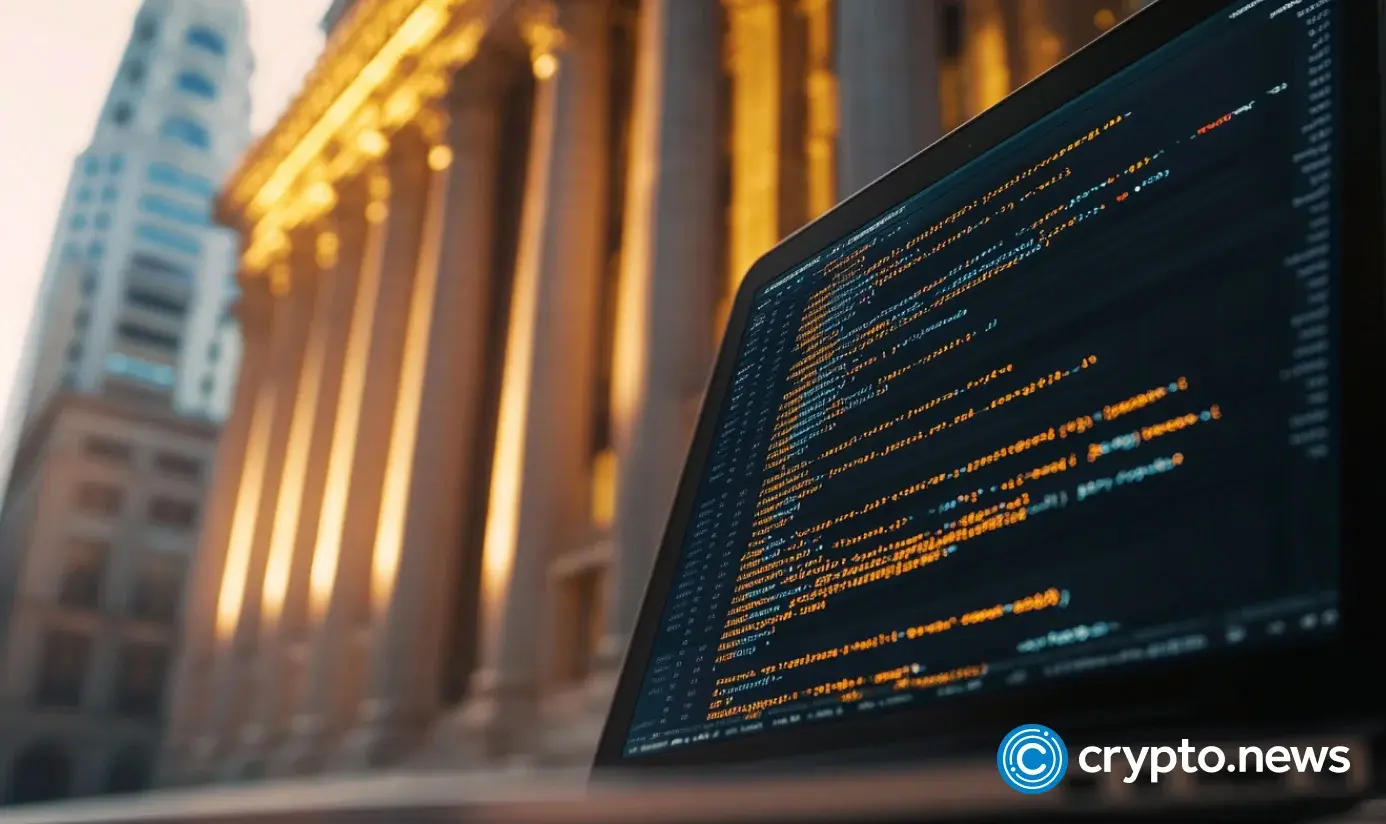Disclosure: The views and opinions expressed here belong solely to the author and do not represent the views and opinions of crypto.news’ editorial.
When starting a business, a great idea is worthless if no one is available or willing to invest the funds to make it bloom. In the hi-tech world, where creativity and competition mold our future via non-stop innovation, venture capital and private equity firms are the oxygen this fast-paced industry runs on.
While a good idea may get you in the door, securing essential funding requires demonstrating capable leadership, a reasonable product-market fit, and a concise business strategy. That being said, fundraising in “traditional” tech is fairly structured and predictable with a higher tolerance for the patient, long-term approach.
Crypto and web3 projects, on the other hand, view and conduct fundraising differently. Historically, some crypto and blockchain projects have attracted traditional Silicon Valley VCs like Andreessen Horowitz and Sequoia Capital to invest directly in exchange for equity or tokens. Many of these top VC firms have established subsidiary funds focused specifically on promising crypto and blockchain projects.
However, VC investment tends to rise and fall in correlation with Bitcoin (BTC) and the broader crypto market. For example, VC investment in crypto hit an all-time high of nearly $12 billion in Q1 of 2022, following Bitcoin’s previous record-high price of $69,000 in November 2021. In fact, total VC funds raised in 2023 failed to eclipse 2022’s Q1, as the down market sent VCs running.
Crypto’s bear market, defined by exchange collapses, hacks, and scams, coincided with the meteoric rise of AI. This further diverted VC attention away from web3 developments, even as the industry matured and started attracting more attention from traditional institutions.
The blockchain industry has mostly been receptive to tech VC investment despite their stringent centralized operations and reluctance to invest during volatile periods. Due to crypto’s inherent volatility, inconsistent VC participation, lessons learned from the shady ICO era of 2017, and the industry’s hyper-competitive nature, IDO platforms emerged as an alternative funding route for early-stage projects.
Launchpads became popular during the previous bull run as they provided a decentralized outlet for crypto communities to access a wide array of projects, letting them decide which ones are worthy of an investment. Driven by retail investors and growing crypto communities, launchpads like DAO Maker and Polkastarter supplied projects with valuable resources because they reflected the industry’s values while providing tools for projects and investors—including institutional players.
As the industry weathered rough market conditions, causing token prices to freefall and projects to shut down, IDO platforms evolved with crypto. Multichain launchpads like ChainGPT and Seedify are now becoming the standard, enabling more projects to take part.
Since regulatory scrutiny has thrown the industry a curveball, many launchpads have taken crucial steps to ensure they comply with any regional laws, including processes to protect investors. Launchpads are also transcending, simply providing a platform to help projects sell tokens. They are playing a more hands-on role with the projects they onboard, resembling incubators and accelerators common in mainstream tech.
For example, Gems, a newly established launchpad, connects projects with its exclusive network of influential investors for post-launch support to accelerate growth. The platform boasts 4,000 investment “Leaders,” who gain exclusive access to thoroughly vetted projects while enabling a growing user community to also invest in high-potential startups. By carefully balancing the needs of investors and projects, Gems raised a combined $198 million for its first three project launches.
Crypto developments are occurring at rapid rates, reshaping the industry before our eyes. Avenues for funding in this dynamic industry will likely continue to evolve as the industry matures, absorbs more users, and further penetrates traditional finance. Regardless, IDO launchpads will remain an invaluable infrastructure component, adapting innovative approaches to serving the industry while fostering communities and facilitating growth.



